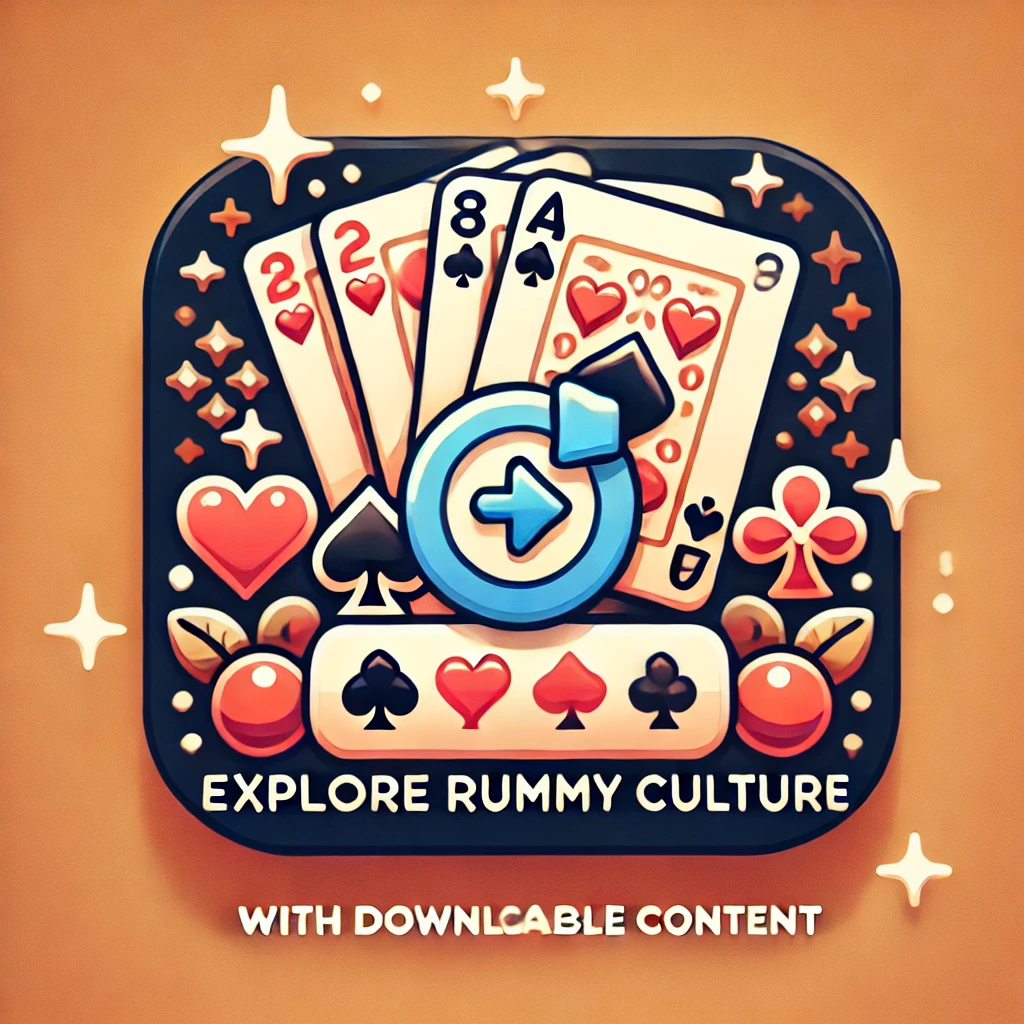The Complete Guide to Rummy: History, Fundamentals, Variations, and the Digital Revolution Rummy is a card game that has been a player favorite for centuries. Its inception dates back to the early 1800s. Although the precise origins of the game are still somewhat unknown, it is generally accepted that Rummy developed from a number of earlier card games, such as the Spanish game “Conquian,” which is frequently mentioned as a forerunner. It is believed that Conquian’s origins lie in the Mexican card game “Lotería,” which was played using a deck of cards with different pictures on them. Numerous adaptations occurred as rummy spread throughout various cultures & geographical areas, giving rise to the wide variety of variations that are currently observed.
In both Europe and the United States, rummy had become extremely popular by the late 19th and early 20th centuries. The game was frequently played in social contexts as a form of amusement and social interaction, such as family get-togethers & neighborhood events. The popularity of the game, especially among American players, was further boosted in the 1910s with the introduction of the Gin Rummy variation. Due to its emphasis on skill and speed, this version became popular among players who competed. Rummy has remained a timeless classic in the world of card games as new variations have emerged and adjusted to contemporary tastes over time.
Rummy is fundamentally a matching card game in which players create runs or sets out of a standard deck of cards. In order to win, you must be the first player to combine all of your cards into legitimate combinations, which can be runs of three or more cards in the same suit or sets of three or four cards of the same rank. As they alternately draw and discard cards, players strategically manage their hands to produce these combinations while simultaneously monitoring the moves of their rivals.
Usually, the game is over when the draw pile runs out of cards or when one player successfully melds all of their cards. Anyone wishing to start playing rummy must comprehend the fundamentals. A certain number of cards—typically seven or ten, depending on the variation being played—are dealt to each player. One face-up card initiates the discard pile, while the remaining cards form a draw pile. Players can choose to pick up the top card from the discard pile or draw from the top of the draw pile.
Players are required to throw away one card from their hand after the draw. Because players must predict their opponents’ moves while keeping their own intentions hidden, the game calls for both strategic thinking and a psychological component. There are numerous variations of rummy, each with its own distinct set of rules and strategies for play. Indian Rummy, Gin Rummy, and Kalooki are a few of the most well-liked variations. Because it is fast-paced and emphasizes skillful play, Gin Rummy is especially popular.
In this variation, players try to minimize the point value of the unmerged cards in their hands while forming melds. Conversely, Indian Rummy is a popular game in South Asia and is played with two decks. It frequently has more intricate rules pertaining to jokers and wild cards. Another noteworthy variant is Canasta, which combines aspects of other card games & classic Rummy. Players in Canasta use two decks of cards to create melds, and the goal is to create “canastas,” which are melds of seven cards of the same rank.
In addition to introducing more strategic layers that can make gameplay more complex, this version places an emphasis on cooperation when played in pairs. Players can select the variation that best fits their tastes & ability levels because each one has its own flavor and challenges. The way that classic games like Rummy are played and enjoyed has changed in recent years due to the digital environment. Players can now play rummy more easily than ever before thanks to the growth of mobile applications.
Because of their frequently intuitive user interfaces, these apps enable both novice and expert players to switch between different game modes & variations with ease. Players can join online tables, compete against friends or strangers, and even take part in tournaments with a few taps on a smartphone or tablet. Also, downloadable content is now a crucial component of the online rummy experience. Additional features like themed decks, exclusive tournaments, and distinctive gameplay modes that improve user engagement are available in many apps.
Along with giving players new challenges & experiences, this content helps developers make money off of their apps & keeps the game interesting. We can anticipate even more cutting-edge features that will enhance the digital rummy environment as technology develops. It only takes a few simple steps to get started with Rummy downloadable content. Whether players prefer traditional or contemporary versions, they must first select a reliable Rummy app that meets their needs. The majority of app stores provide a wide range of choices, along with ratings and reviews from users to aid in decision-making. After choosing an app, just download it to your device and, if necessary, register for an account.
The app offers a variety of downloadable content options for players to explore after creating an account. In addition to premium features that can be purchased for an improved experience, many apps offer free content. Through the selection of various themes or participation in exclusive events that might call for extra downloads, players can personalize their gameplay.
To get the most out of your digital Rummy experience, you should become familiar with the app’s interface so that you can navigate through these options more quickly. There are several benefits to playing rummy with downloadable content that raise engagement and enjoyment. Access to a large variety of game modes and variations that might not be available in conventional settings is one important advantage. Because of this variety, players can try out various play styles and find new favorites without having to buy numerous physical decks or setups.
Before beginning competitive play, novices can also learn the rules at their own pace with the help of tutorials and practice modes offered by numerous apps. The social element of playing games online is an additional benefit. With the help of multiplayer features found in many rummy apps, users can connect with friends or face off against opponents from around the globe.
Among gamers who are passionate about the game, this connectedness creates a feeling of community. In addition, a lot of apps hold frequent competitions and events where users can vie for rewards or recognition within the app’s community. In addition to making gameplay more exciting, this competitive edge pushes players to gradually advance their abilities. It takes a mix of skill, strategy, and psychological awareness of your opponents’ actions to win at rummy.
Focusing on the cards that other players are discarding can give you important insight into their hands and assist you in deciding which cards to keep or discard yourself. Also, it’s critical to keep your strategy flexible because it can give you a big edge if you can change it according to how the game is going. Focusing on creating melds early in the game while monitoring your opponents’ moves is another crucial piece of advice. You can lessen your chance of keeping high-point cards in the event that another player goes out first by concentrating on making sets or runs as soon as possible.
You should also think about using wild cards strategically. They can be very helpful in finishing melds, but you should use them sparingly to get the most out of your overall plan. As technology advances, the culture surrounding games like rummy also changes. Incorporating downloadable content into mobile apps has not only updated our gaming experience but also opened up new avenues for competition and community interaction. Soon, players may be able to interact with Rummy in completely new ways thanks to developments in augmented reality (AR) and virtual reality (VR), which would change the game’s traditional gameplay into something more dynamic and eye-catching.
Also, we should anticipate a rise in cooperative activities like online tournaments or themed competitions that unite players from various backgrounds as online gaming communities expand. As rummy becomes more widely available to people across the globe via digital platforms, this evolution is probably going to create a richer culture around the game. Rummy will ultimately continue to be interesting & relevant for future generations as long as downloadable content continues to influence how we play this traditional card game.






